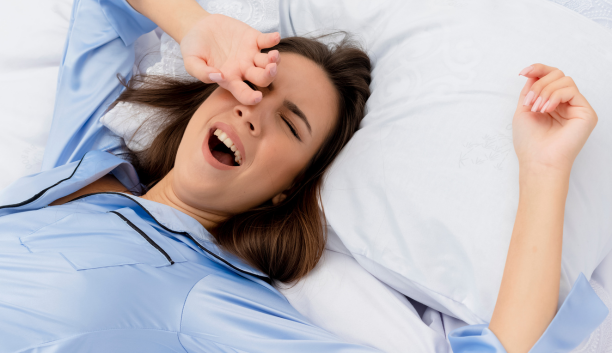Snoring and sleep apnea are often interconnected but can be managed through various means. Snoring, caused by the vibration of tissues in the throat, can disrupt sleep quality for both the snorer and their partner. Lifestyle changes like weight loss, avoiding alcohol before bed, and sleeping on your side can help alleviate snoring. Additionally, using nasal strips or oral appliances designed to keep airways open can provide relief.
Furthermore, lifestyle modifications such as practicing good sleep hygiene, maintaining a regular sleep schedule, and managing stress can complement medical interventions and contribute to overall improvement in sleep quality for individuals with snoring and sleep apnea. Regular follow-ups with healthcare providers are essential to monitor progress and adjust treatment plans as needed. Snoring and sleep apnea management typically involves lifestyle changes, such as weight loss and positional therapy, to improve symptoms. Continuous Positive Airway Pressure (CPAP) therapy is a common treatment for sleep apnea, which involves wearing a mask connected to a machine that delivers air pressure to keep the airways open during sleep. Oral appliances can also be used to reposition the jaw and tongue to prevent airway obstruction. In some cases, surgery may be recommended to correct anatomical issues contributing to sleep apnea, such as tonsillectomy or palate surgery. Regular follow-up with healthcare providers is essential to monitor treatment effectiveness and make adjustments as needed.

Sleep apnea, a more serious condition, involves pauses in breathing during sleep. Continuous Positive Airway Pressure (CPAP) therapy is the most common treatment, which involves wearing a mask that delivers pressurized air to keep airways open. Other options include oral appliances or surgery in severe cases. Lifestyle changes like weight loss and quitting smoking can also help manage sleep apnea symptoms. It's crucial to consult with a healthcare professional for proper diagnosis and treatment tailored to individual needs. Untreated sleep apnea can lead to serious health complications, including heart disease and stroke. In addition to the mentioned strategies, positional therapy can be effective for managing both snoring and mild cases of sleep apnea. This involves using specialized devices or pillows to encourage sleeping in positions that minimize airway obstruction, such as sleeping on one's side. For those with moderate to severe sleep apnea who struggle with CPAP therapy, oral appliances prescribed by dentists or orthodontists can be an alternative. These devices work by repositioning the jaw and tongue to keep the airway open during sleep. Moreover, certain surgical interventions may be considered for those with anatomical abnormalities contributing to sleep apnea, such as enlarged tonsils, deviated septum, or excess tissue in the throat. Surgical options range from minimally invasive procedures like laser-assisted uvulopalatoplasty (LAUP) to more extensive surgeries such as uvulopalatopharyngoplasty (UPPP) or maxillomandibular advancement (MMA).